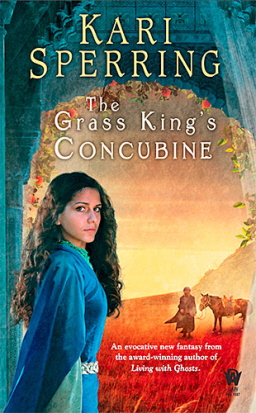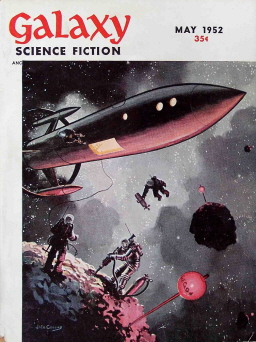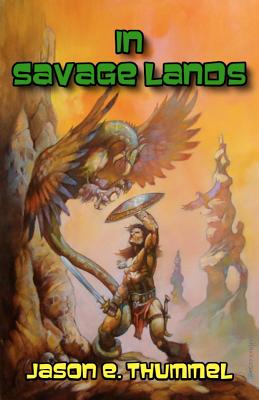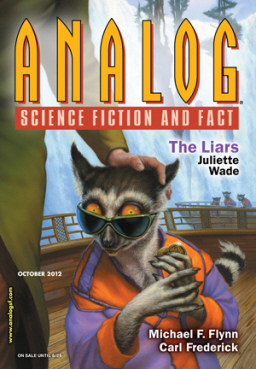New Treasures: Stefan Petrucha’s Dead Mann Running
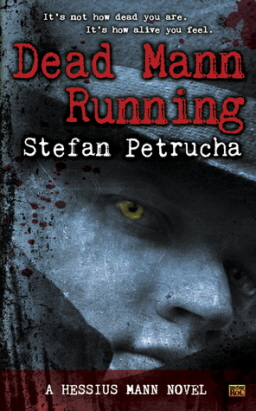 I’m keeping my promise to spend a few days focusing on paperback arrivals in my New Treasures column. It’s easy to do, as there’s been plenty to grab my attention recently.
I’m keeping my promise to spend a few days focusing on paperback arrivals in my New Treasures column. It’s easy to do, as there’s been plenty to grab my attention recently.
Case in point: Dead Mann Running by Stefan Petrucha, sequel to Dead Mann Walking. David Wellington, author of Monster Island, called it “Fast-paced zombie noir with a melancholy bite, a sure antidote for the blandness of traditional zombie fare.”
It kills me that there’s such a thing as “traditional zombie fare” these days. As a kid growing up on monster movies, there was no such thing as “traditional zombie fare.” Zombie fare was all gourmet, let me tell you. Anyway, I’m intrigued by the “zombie noir” blurb, and the book description, narrated by dead detective Hessius Mann:
Just because a bullet has your name on it, doesn’t mean you shouldn’t duck…
Either I’m stubborn or it’s rigor mortis, but being dead didn’t stop me from being a detective. But it’s tough out there for a zombie. These days the life-challenged have to register and take monthly tests to prove our emotional stability. See, if we get too low, we go feral. And I’ve been feeling down lately myself.
So when a severed arm – yeah, just the arm – leaves a mysterious briefcase in my office, my assistant Misty thinks figuring out where it came from will keep me on track. But this job goes deeper and darker than I imagined.
Turns out the people after the briefcase know more about my past life than I can remember, and even more about what I’ve become.
Believe it or not, this is not the only zombie detective novel I plan to cover this week (maybe David Wellington was on to something after all). But you’ll have to wait until later in the week to hear about the second one.
Dead Mann Running was published by Roc on September 4. It is 339 pages in paperback or digital format for $7.99. You can read a free excerpt here.
Read all of our recent New Treasures articles here.
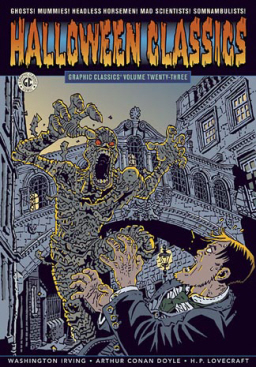
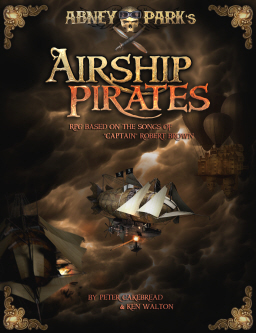
 I realized yesterday that my hard learned lesson about publishing (“it’s a long distance run, not a sprint”) can’t help someone dying of cancer. What do you say to someone who will mostly likely be dead before she reaches the age you were when you first got a book contract?
I realized yesterday that my hard learned lesson about publishing (“it’s a long distance run, not a sprint”) can’t help someone dying of cancer. What do you say to someone who will mostly likely be dead before she reaches the age you were when you first got a book contract?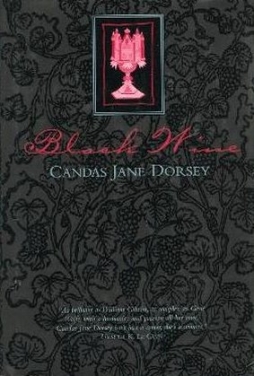 Some time ago, at one book fair or another, I took a chance on a book I’d never heard of: Black Wine by Candas Jane Dorsey. I’m not sure why; I’d already had reasonable luck at the sale, as I recall, so I didn’t feel the need (as one sometimes does) to grab a book for the sake of coming away with something. I don’t normally buy books based on cover art, and in any case this cover was more stylish than striking, a black pattern on black. It may have been the mention on the cover that the book had won an award for Best First Fantasy Novel. Most likely, it was the puff quotes on the back, featuring praise from Elisabeth Vonarburg and Ursula Le Guin (who compared Dorsey to Gene Wolfe). At any rate, buy it I did, for whatever reason; and having finally gotten around to reading it, I’m happy I went for it. Black Wine is an excellent, excellent book.
Some time ago, at one book fair or another, I took a chance on a book I’d never heard of: Black Wine by Candas Jane Dorsey. I’m not sure why; I’d already had reasonable luck at the sale, as I recall, so I didn’t feel the need (as one sometimes does) to grab a book for the sake of coming away with something. I don’t normally buy books based on cover art, and in any case this cover was more stylish than striking, a black pattern on black. It may have been the mention on the cover that the book had won an award for Best First Fantasy Novel. Most likely, it was the puff quotes on the back, featuring praise from Elisabeth Vonarburg and Ursula Le Guin (who compared Dorsey to Gene Wolfe). At any rate, buy it I did, for whatever reason; and having finally gotten around to reading it, I’m happy I went for it. Black Wine is an excellent, excellent book.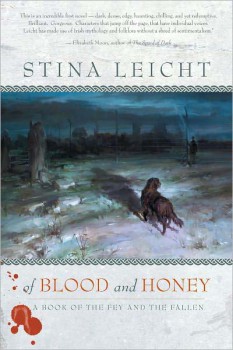 Of Blood and Honey
Of Blood and Honey